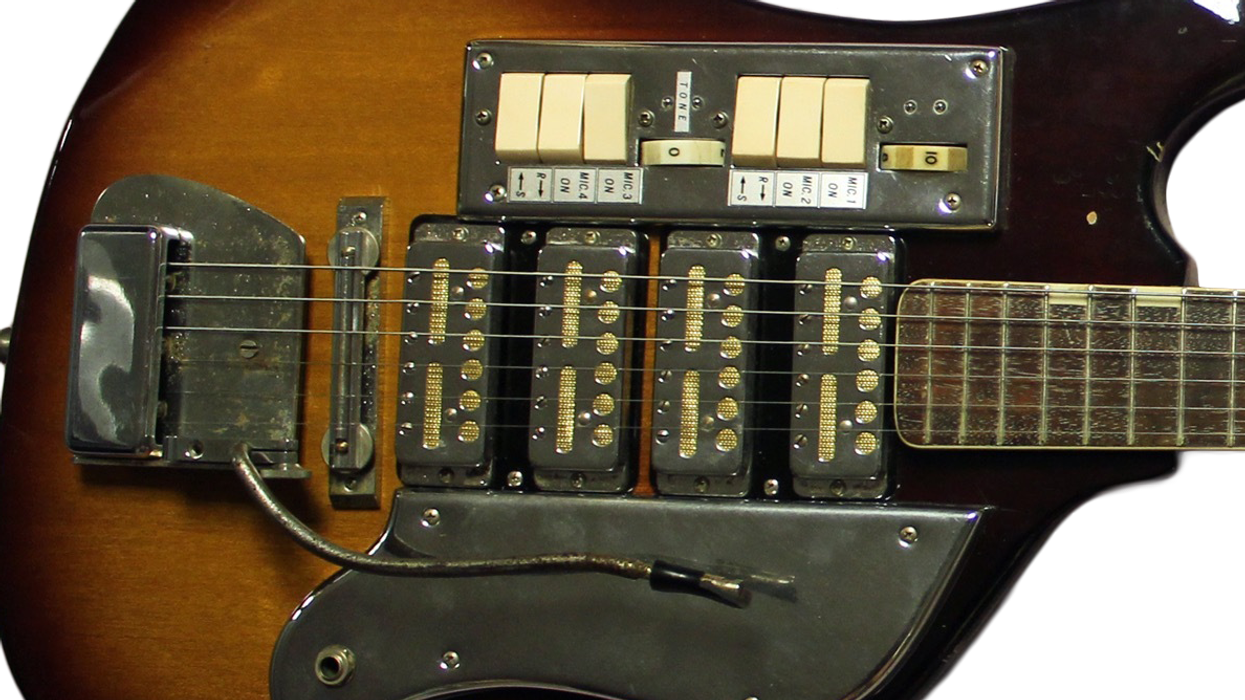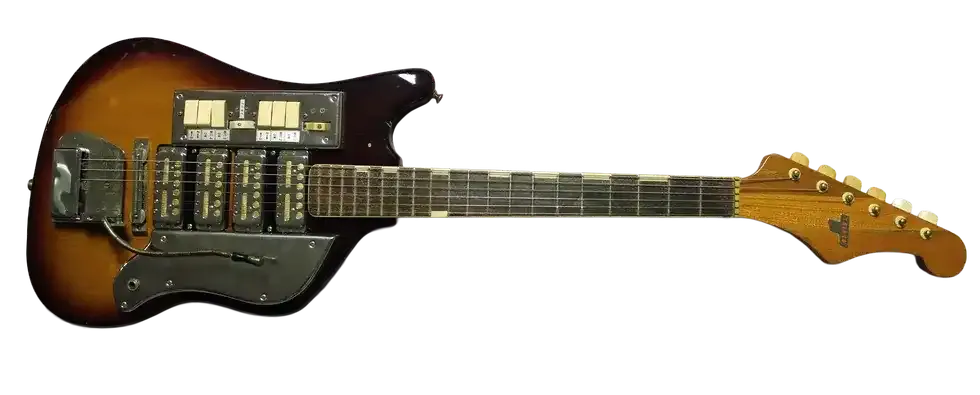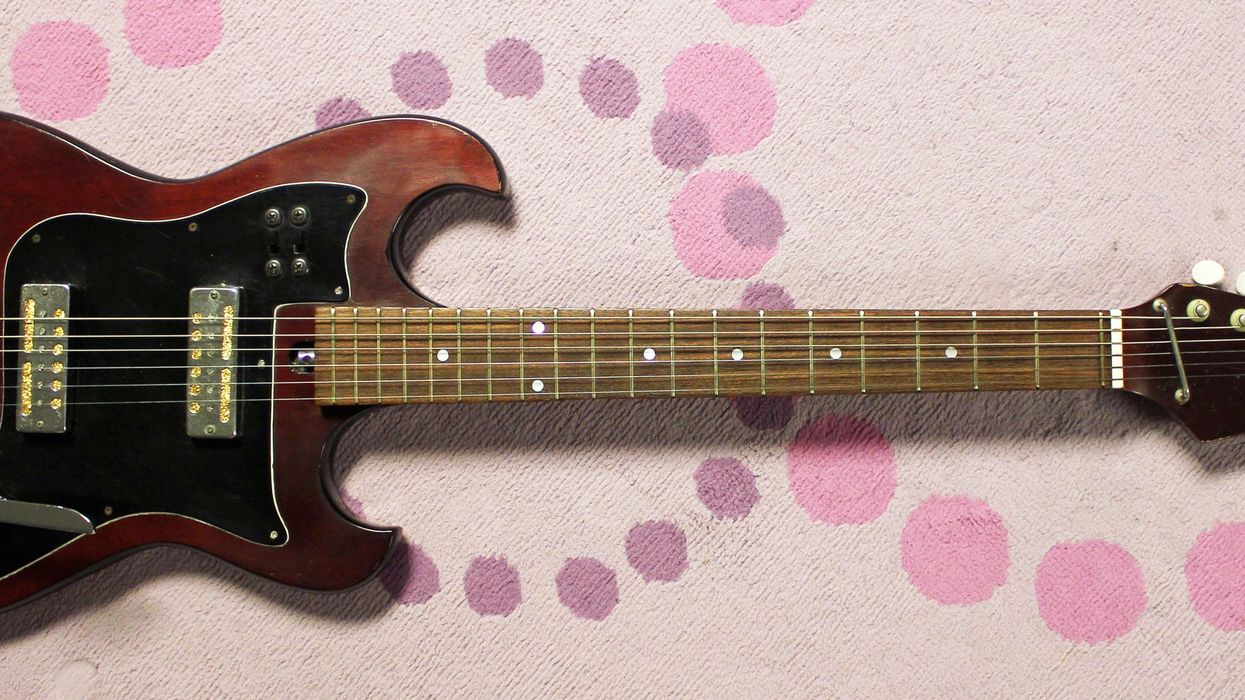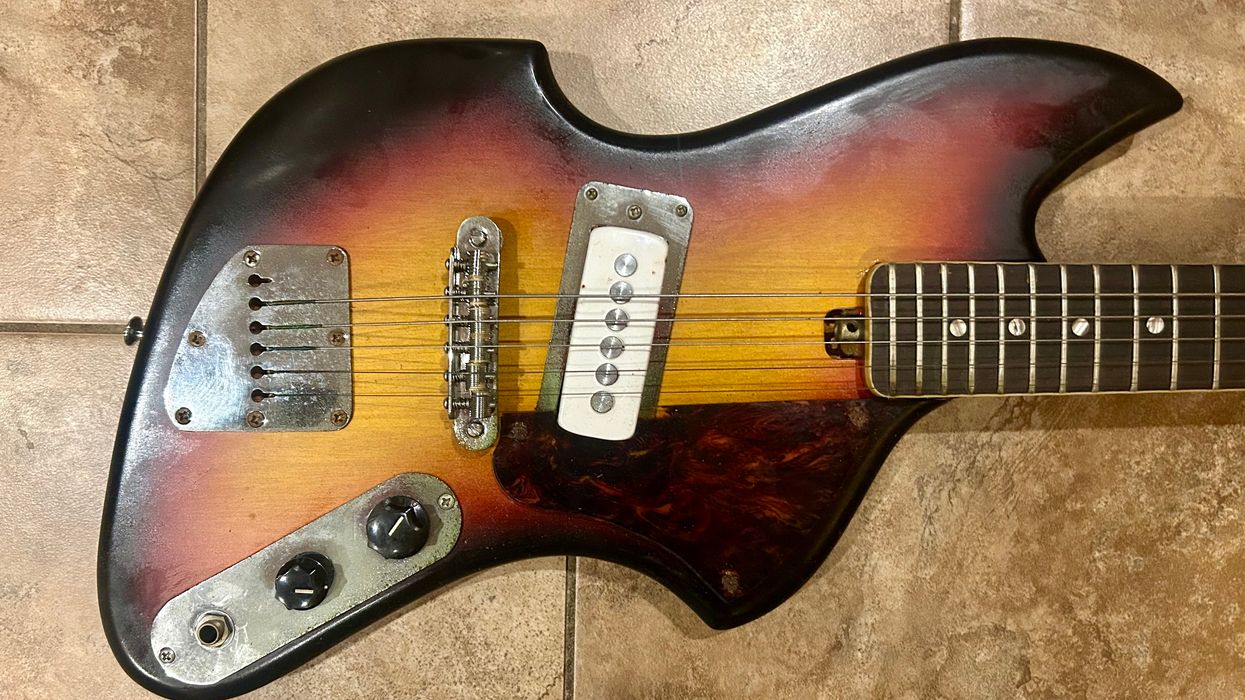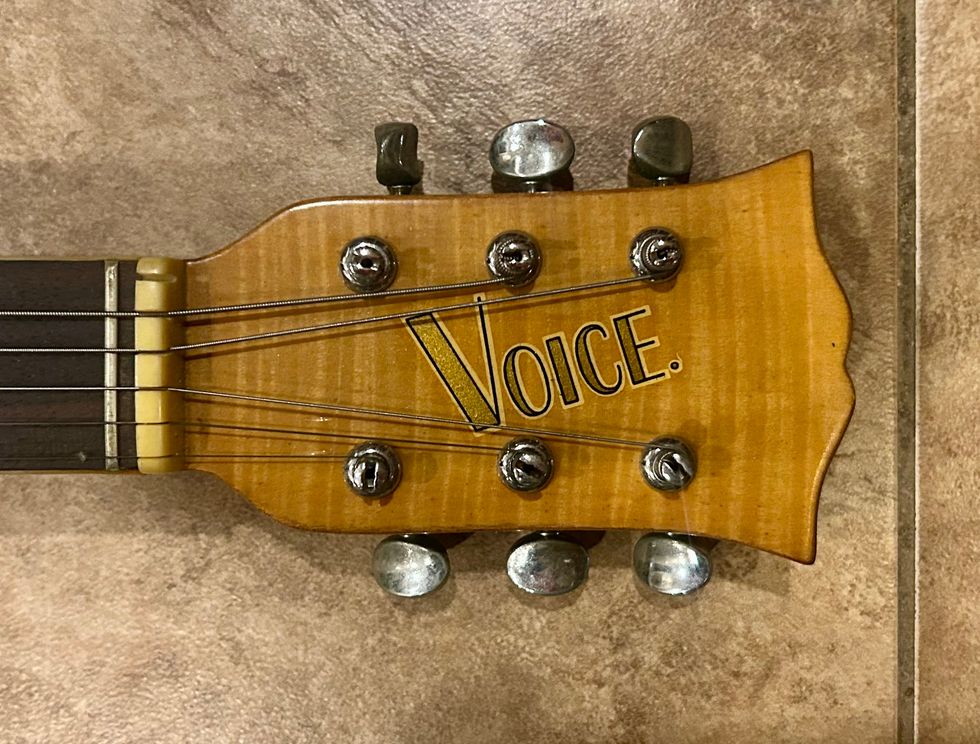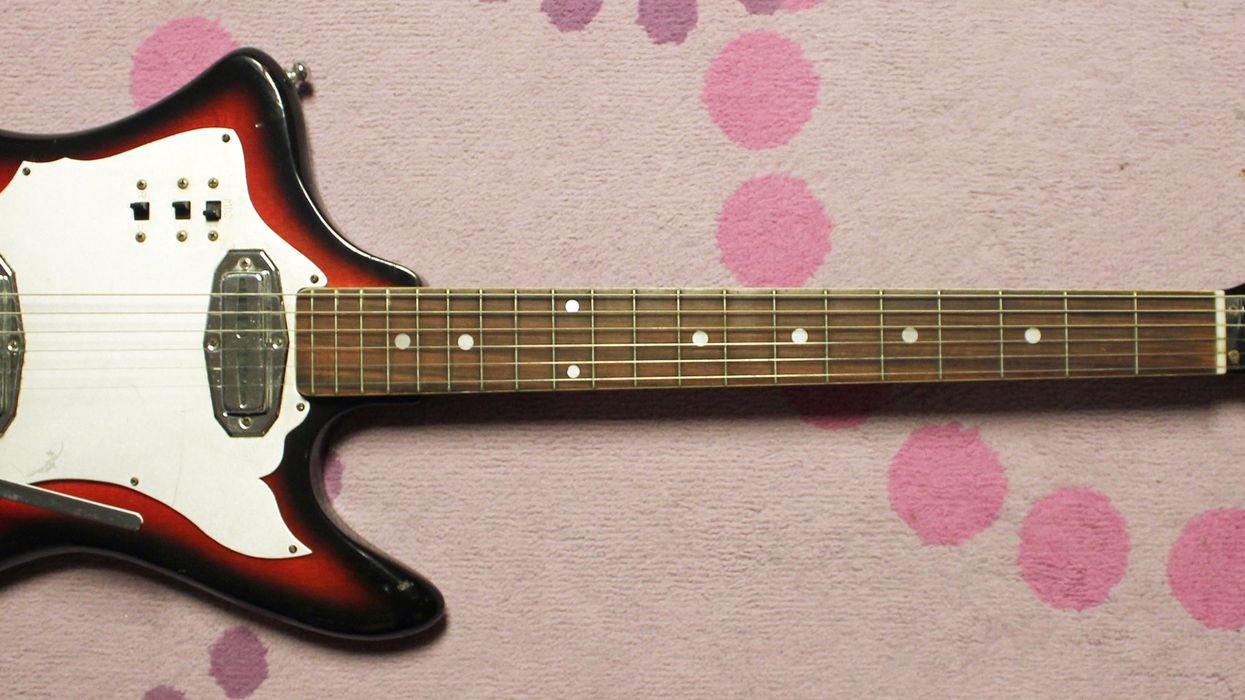For better or worse, I have my email out there in the ether for anyone to ask me questions about old guitars. Sometimes I can genuinely help folks, and other times people just want to chat and share stories. The most common question I get is, "What is your favorite old Japanese guitar?"
That's tough for me to answer. I'm often in awe of a design. Other times, I admire a guitar's build and playability. Then, of course, I dig the tones of certain guitars. But when I bring it all together and combine all the factors, the answer can be pared down to the late–1960s Yamaha SG-3 guitars.
The SG-3 (and the two pickup SG-2) was really Yamaha's first foray into electric guitar building on a large scale. Located in Hamamatsu, Japan, Yamaha was—and still is—quite the prolific company. Back in the '60s, they had a rather large musical instrument department that made just about everything, from pianos and drums to amplifiers and stereo equipment. When the company started making electric guitars, everything was designed and produced in-house. And boy, did they ever succeed.
See, the SG-3 was designed in part with some help from musicians, electricians, and machinists who all came together in that admirable Japanese fashion where the finished product is a reflection of the best collective efforts put into it. These guitars were substantial and probably over-engineered, in a sense. These weren't the guitars we'd find at the local department store, and the SG-3 had a rather regal price tag of $249.50, which was a lot of bread!
The foundation of the SG-3 was certainly influenced by Mosrites and Fender's Jazzmasters and Jaguars, with an offset body, metal nut, slim neck, 25½" scale, and a powerful sound. The pickups are rather aggressive for the times, and that chunkier bridge unit is really where the magic lies. Those are actually two single-coils in that humbucker-looking housing, but they are differently designed. The one closest to the bridge has an extra magnet under the coils and then a metal bridge plate under that. That means the first bridge pickup is just meaner and more aggressive than the other ones. It's a cool idea when paired with the roller control on the upper bout.
The SG-3 (and the two pickup SG-2) was really Yamaha's first foray into electric guitar building on a large scale.
While the lower bout has a simple 3-way switch for all the pickups, the upper has a switch to engage the blender feature. This allows you to use that last roller to blend in that first pickup, combine it with the middle pickup, or turn it completely off. Yes, it's overly complicated but, once you find a sweet spot, good grief! The other rollers and knobs are simply volume and tone controls.
Aside from the electronics, you have to really appreciate the masterful roller-bridge and tremolo, which actually work very well. Heck, even the truss rod is "hidden" under a pseudo neck plate that allows for easy adjustment. The earliest versions of the SG-3 had an ultra-cool script motorcycle logo. Color choices were limited to sunburst, red and white, and all the guitars featured a poly finish.
As far as feel goes, the necks on these models are a little on the thinner side and the bodies are a little thicker, which to me feels like it's a mix of a Jazzmaster and a Mosrite. The offset body feels like a combination of both guitars and is well-balanced when strapped on. Link Wray famously used a red SG-2 for many years, and that's probably where I first saw one of these in action.
This model had a relatively short run, with production starting in mid-1966 and ending by the late 1960s. These Yamaha SG guitars didn't seem to sell very well here in the U.S. Most examples were brought back by servicemen stationed overseas, but you can find SG-3 guitars all over Japan, and it's a super special treat to discover the original cases, which often include a cute little vinyl bag of accessories.
So, now that you know my all-time favorite Japanese guitar, please don't go out there and start driving up the prices!
1969 Yamaha SG2 Guitar Demo
Holy surf rock, Batman! Get a taste of the two-pickup Yamaha SG-2's chiming, twangy clean tones and some retro-fuzz madness in this demo from guitarist Mike Dugan.


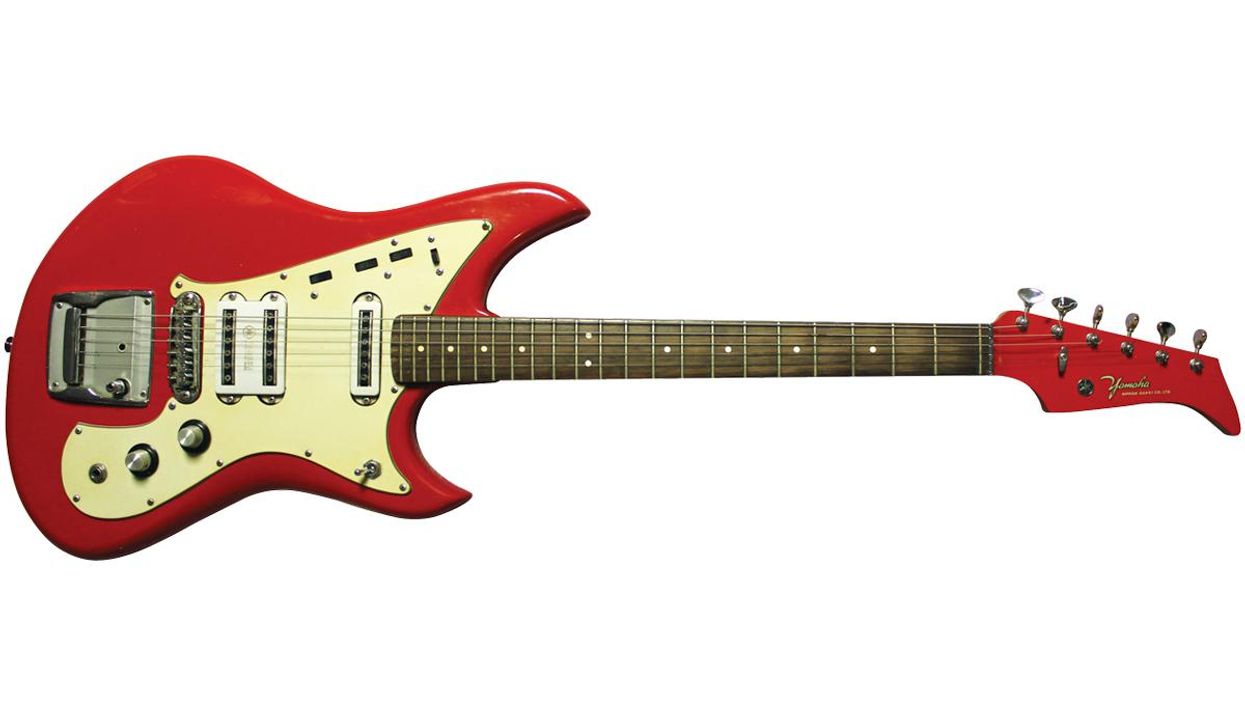


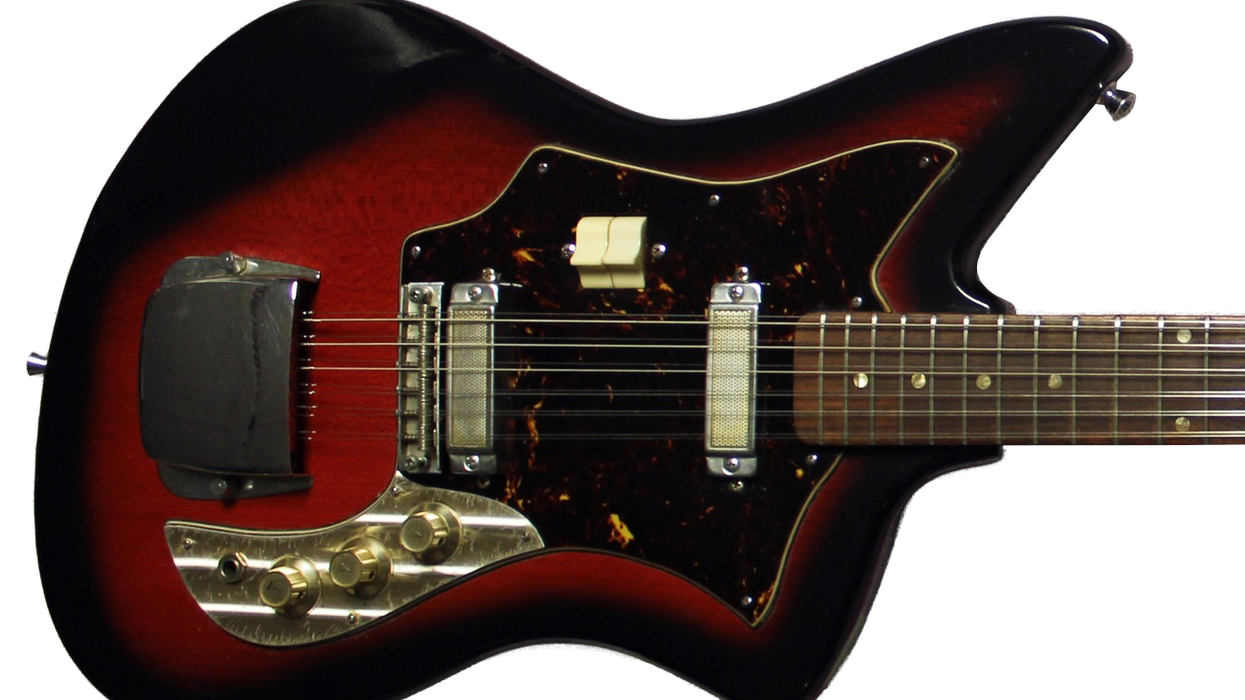
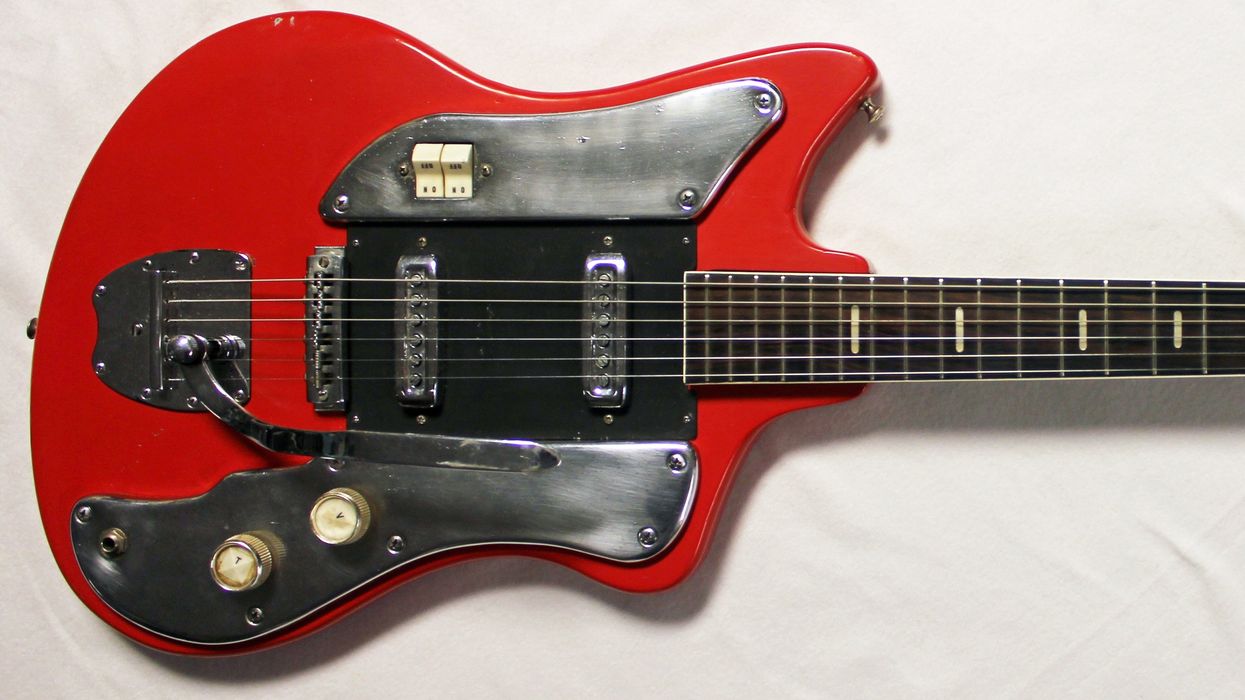
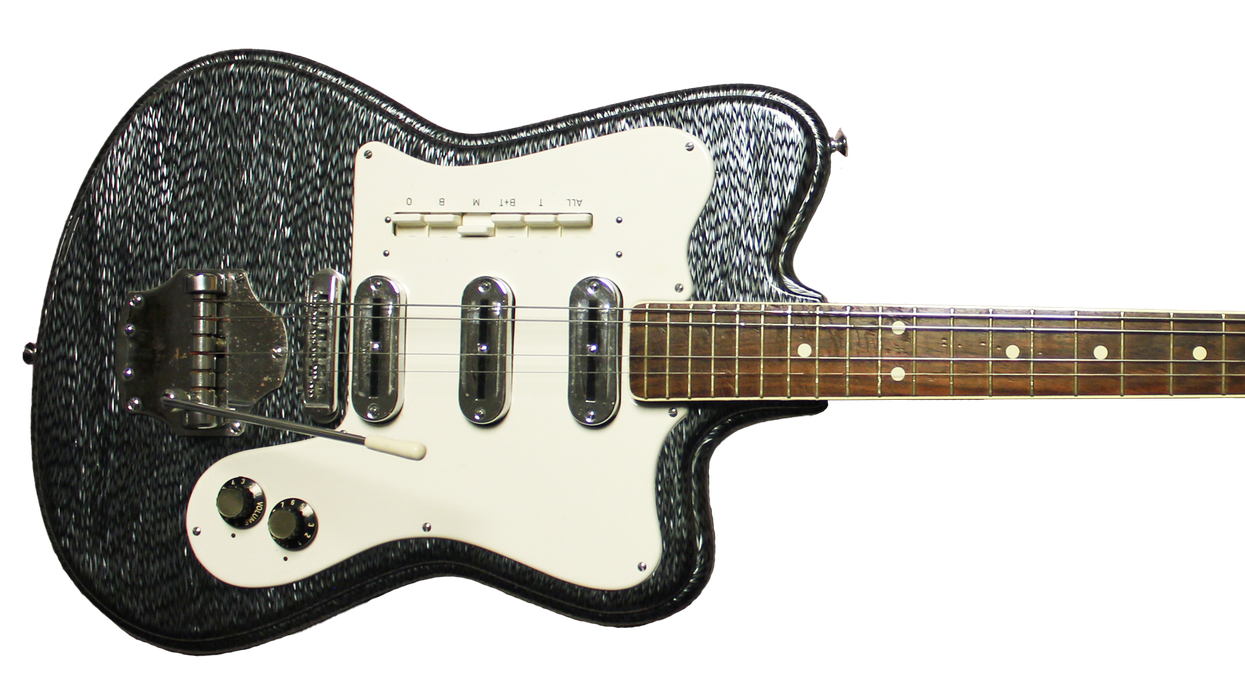
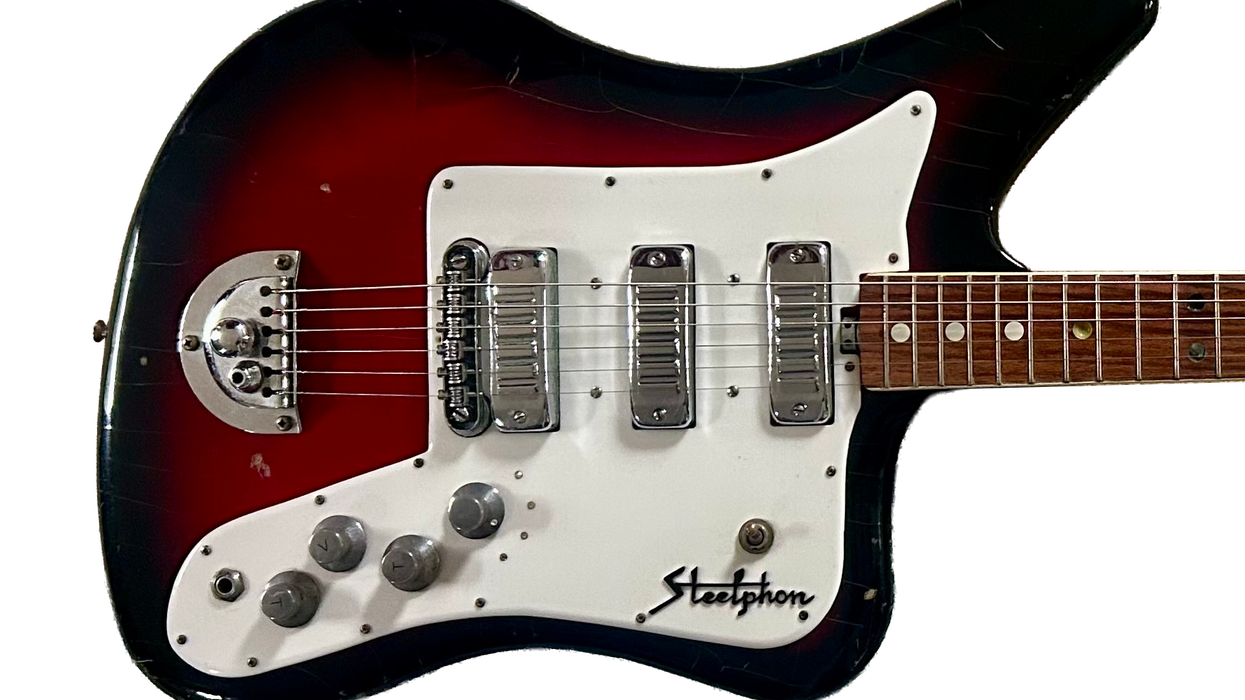
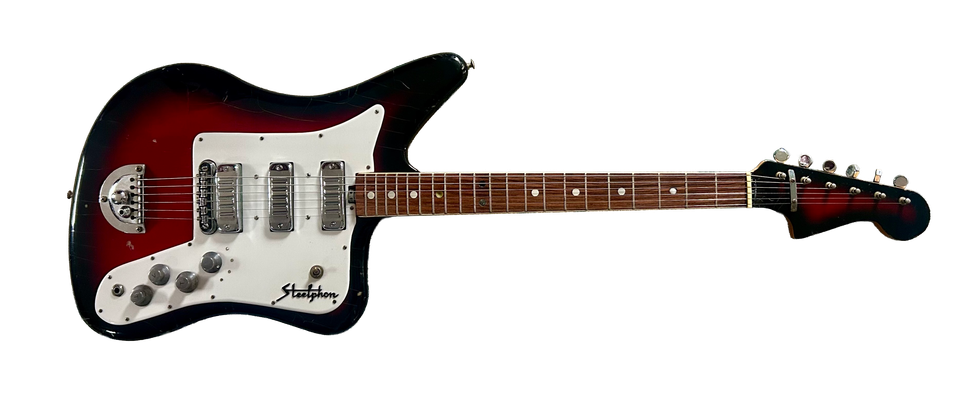 Then, in the dream, I “awoke” and realized I was back in my bedroom, and it was all just a dream. The kicker is that I was still dreaming, because that “paddle” guitar was suddenly in my hands—then I woke up for real! How about that misadventure?
Then, in the dream, I “awoke” and realized I was back in my bedroom, and it was all just a dream. The kicker is that I was still dreaming, because that “paddle” guitar was suddenly in my hands—then I woke up for real! How about that misadventure?


![Rig Rundown: Russian Circles’ Mike Sullivan [2025]](https://www.premierguitar.com/media-library/youtube.jpg?id=62303631&width=1245&height=700&quality=70&coordinates=0%2C0%2C0%2C0)


